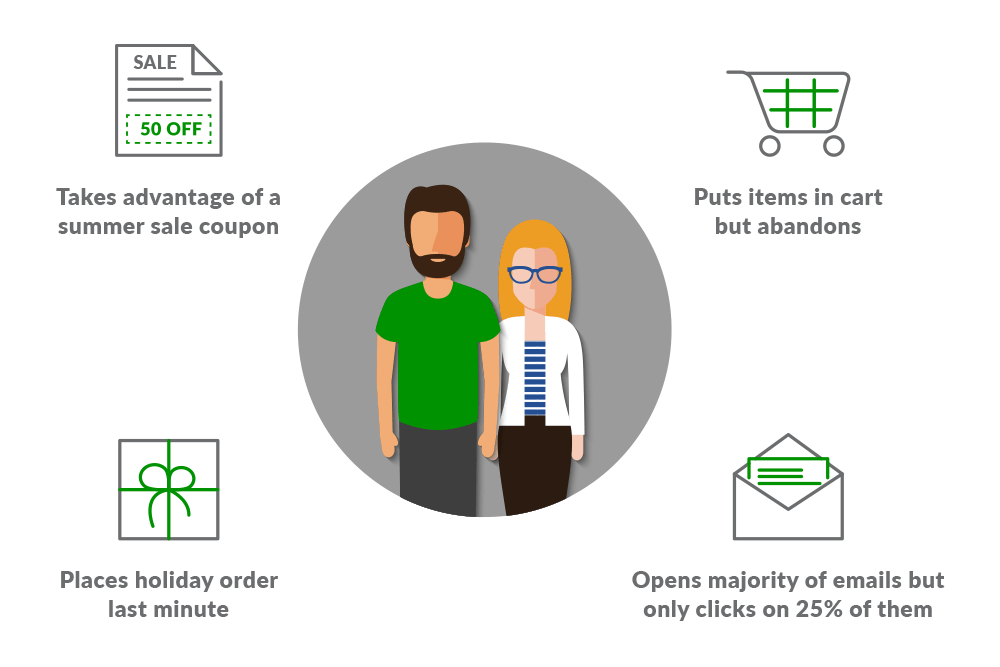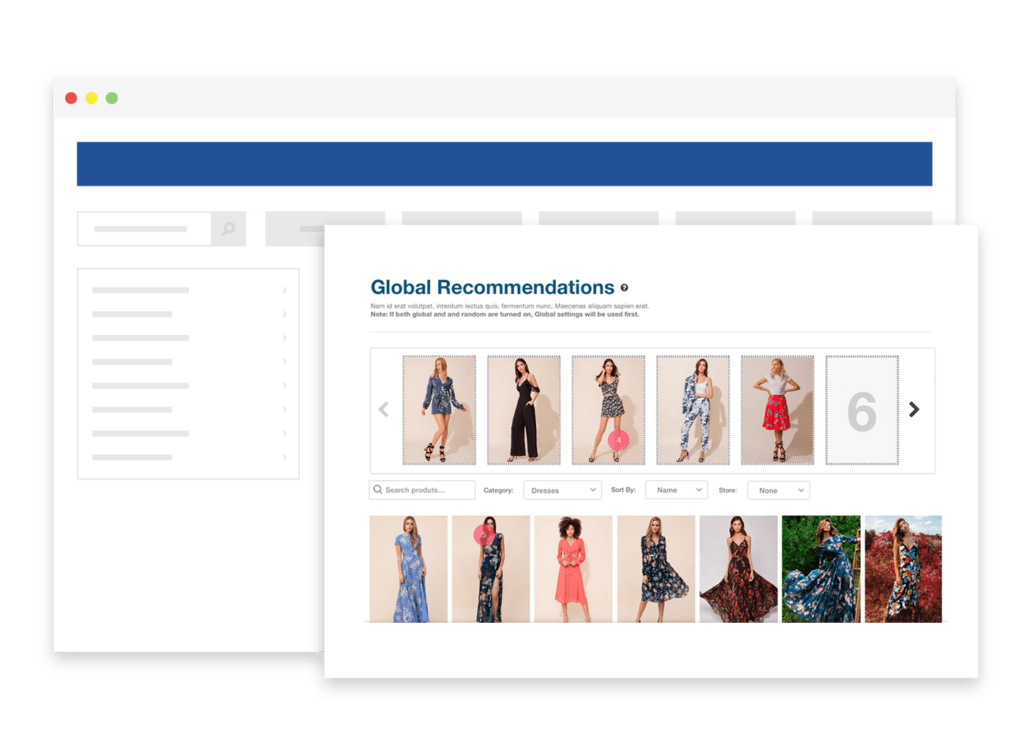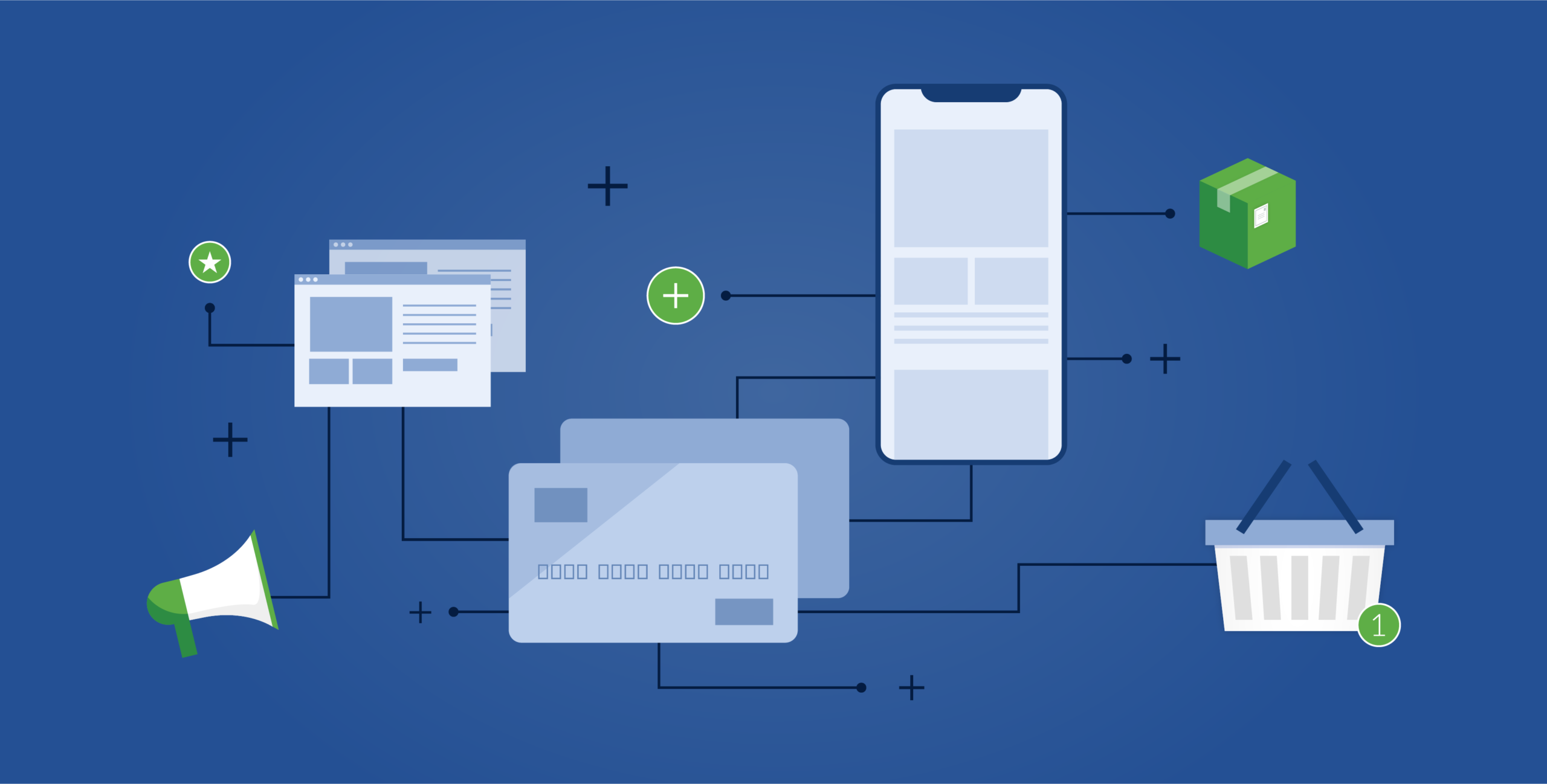You can’t overstate the importance of a well thought out e-commerce marketing campaign. Nail your promotional strategies, and they can create a steady stream of new and returning customers. The latter is where we’d like to focus. Where many businesses go wrong is focusing too much on the bells and whistles and missing the big picture, not doing enough of the day-to-day work needed to turn a one-time visitor into a loyal customer.
How can you continue building relationships with your audience? What will keep them loyal to you versus being lured away by similar products offered by a competitor? It’s about investing the time and energy into giving them a personal experience they won’t find anywhere else. Here are four ways you can use e-commerce marketing campaign strategies to create long-term business relationships.
Learn What Your Customers Truly Want
Attracting visitors to your site should be only the start of your marketing tactics. What type of tools do you have in place telling you about a user’s habits? Can you answer any of the following questions about them after they’ve left?
- Why did a customer visit your website?
- How long did they stay to browse?
- What brought them to your site in the first place?
It’s easy to get invested in the look and feel of your website. You’re severely undercutting opportunities to build loyalty by failing to use analytics tools. They give you valuable insight into the patterns of visitors as they move around your website. Here’s some of what you can learn from the data gathered.
- How popular a particular landing page is
- Whether ads placed on external search engines brought in the expected traffic levels
- If your social media outlets bring additional visitors
- Positive interactions made by visitors like downloading a brochure or signing up for an email list
- The times of day you attracted the most visitors
All of this data can then be used to make your e-commerce marketing campaigns more personal, timely, and relevant to your audience, potentially increasing sales and repeat business. Speaking of those campaigns, let’s get into that.
Use Personalized Email Campaigns
You know what immediately gets deleted from my inbox? Any email looking like it was sent as part of some random blast to as many people as possible. A deleted email also pretty much guarantees I’ll never purchase anything from that business.
That doesn’t mean email campaigns are bad. You need to make sure they’re personalized based on segmented lists of customers with things in common. Those common elements should be the driver of why they are receiving the email in the first place, making it feel like the email was sent to the reader as an individual. Each of your customers wants very different things. It’s up to you to craft appealing emails, to segmented lists, improving the success rates of your e-commerce marketing campaigns.

The Importance of Analytics
We went into website analytics before diving into email campaigns because that data can play a significant role in personalization. You’ll know who to send what to and how often. It’s also essential to use analytics when evaluating the effectiveness of your email marketing efforts.
- How effective are the titles in getting users to open the email (open rate)?
- How many visitors click through to your site from an email (click-through rate or CTR)?
- Are they leaving because the landing page didn’t match the subject of their email (bounce rate)?
- How well is your investment paying off in ROI (conversion rate)?
Shipping Easy’s email marketing tool lets you set up both automated emails and those designed for one-time promotions, with reporting for much of the above. Using these emails makes it easy to ramp up your e-commerce marketing campaigns without adding a ton of work to your day. Craft or import customer lists and send personalized emails to customers who are more likely to convert.
Your customers learn to trust that you’re only reaching out when it’s something of interest in them, continuing to strengthen your relationship over time.
Be Responsive To Customer Feedback
Product reviews are another great way to gather data about visitors for use in future e-commerce marketing campaigns. They also help you find potential weaknesses in different areas of your process. You can find out if there’s an issue with your checkout mechanism or if a new product isn’t well-received.
Take a hard look at the answers you come up with when asking the following question about your current feedback process.
- How easy is it for customers to let you know how much they like something?
- Can they leave a review directly beneath a product they’ve purchased?
- Does someone from your team provide prompt responses to this feedback?
A well-run feedback process goes a long way towards building trust with your customers. People are much more likely to continue coming back to a business that makes it clear that customer opinions are appreciated.
ShippingEasy automates this process with our Customer Marketing tool, allowing you to set the timeframe after purchase for an email to send requesting feedback, with a link directly back to the product or review site. You know your products and customers, so you set the rules for an email to go out.

An important aspect that shouldn’t be ignored is the third point above—responding to feedback. It can be challenging to deal with negative feedback when you get it, but there is a silver lining. Positively responding to negative reviews has actually been shown to increase customer sentiment toward a business. Hopefully, most of your reviews are positive, but if they’re not, approach them as a customer retention opportunity with a dash of marketing.
Keep A Good Thing Going
Using your customer data from previous orders, you can create high-converting e-commerce marketing campaigns to encourage repeat business. You already know what your customers are interested in, what they bought as a gift, and when they bought items. All of this information can be used in new campaigns.
Product recommendations are one of the best ways to get a customer back to your site. Whether you recommend a complimentary item, a refill of the previous product they purchased, or something entirely new, people respond well to properly thought out recommendations.
You can even go a step further and let a customer know when something they’ve purchased is in stock again, particularly if it is a popular item that may be hard to get. You’ll look like the hero, which hopefully translates to sales.

Employing these techniques puts your business at the forefront of customer marketing, and can be done without completely breaking the bank. ShippingEasy’s platform of tools ties all your shipping, customer order data, and email marketing into a single platform, with expert help to make sure everything runs smoothly.
Click the button below to learn more about how ShippingEasy makes your e-commerce marketing easy with our Customer Marketing tool.
Rob Zaleski
Latest posts by Rob Zaleski (see all)
- USPS 2023 Shipping Rate Changes - November 16, 2023
